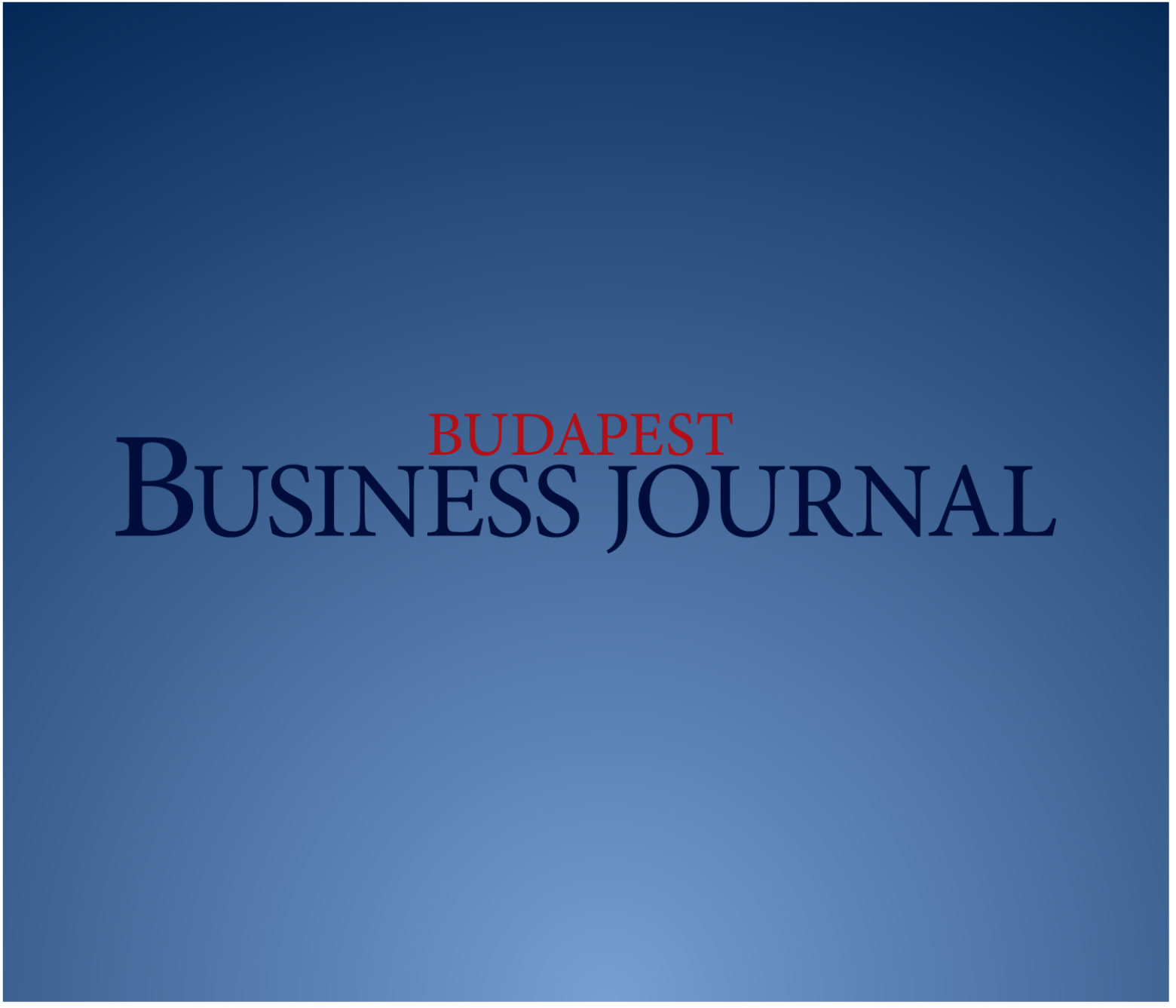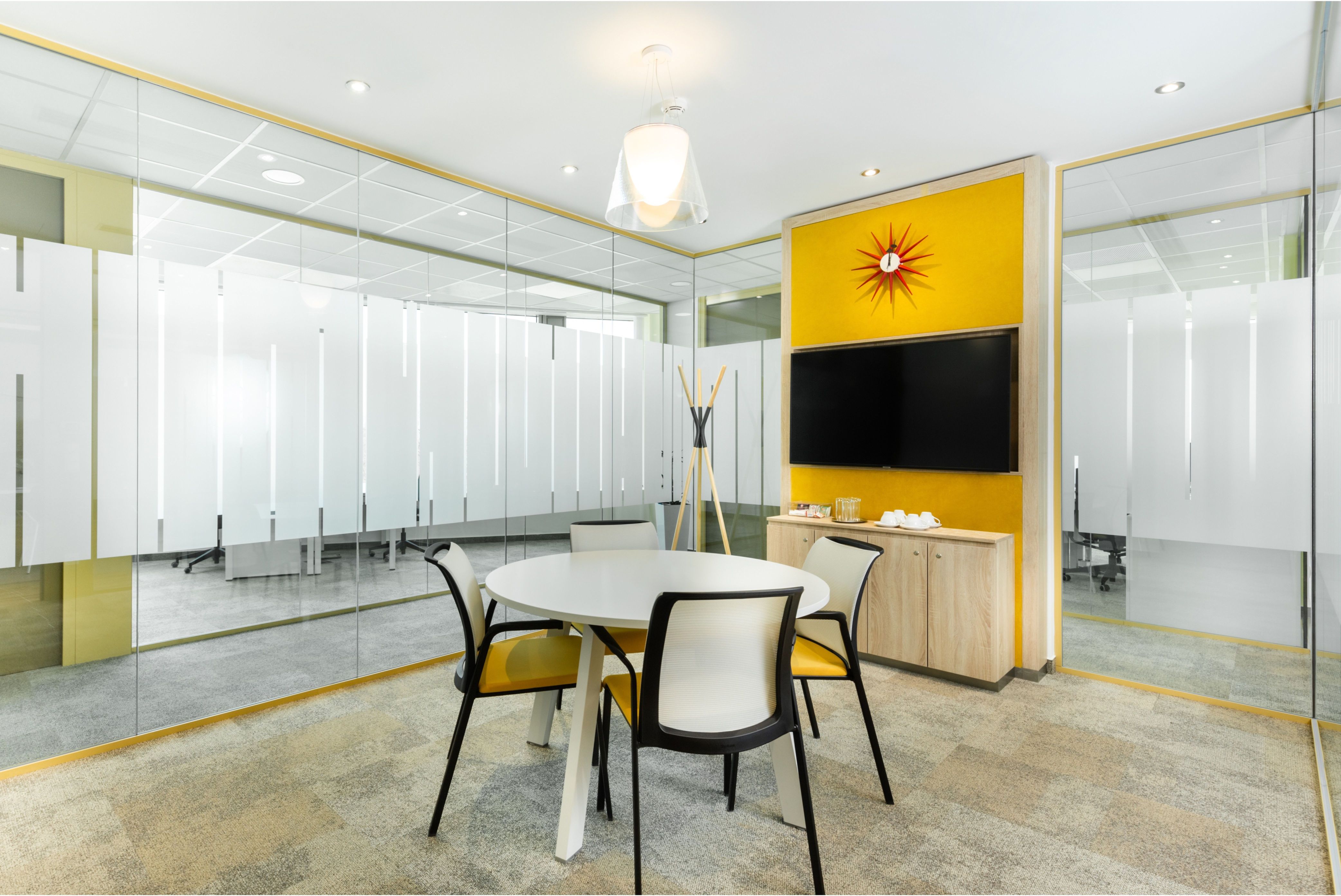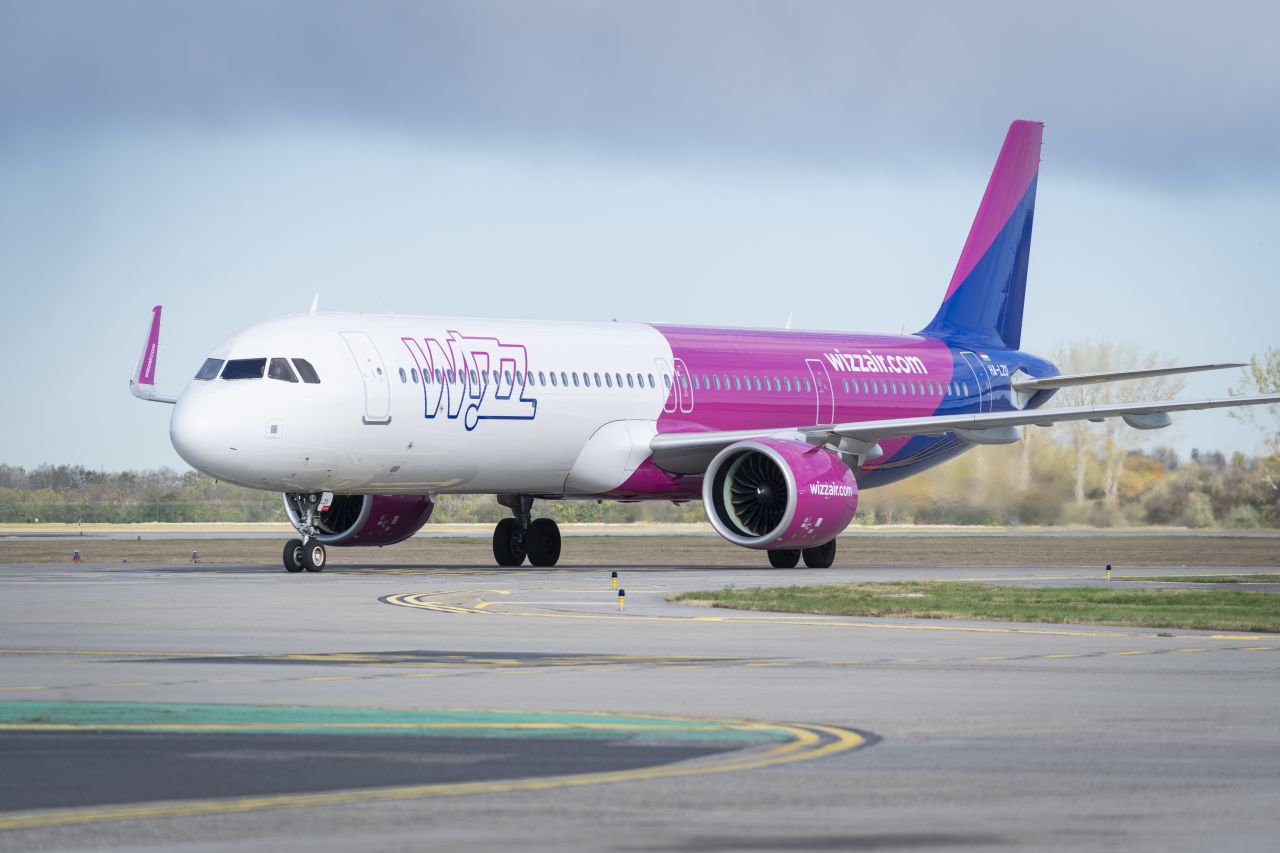Green offices - the key to success?

In recent years, a major change has occurred in the office furniture market towards more environmental thinking. Using eco-friendly solutions does not just reassure green-minded employees, but also keeps them healthy.
Manufacturers and distributors increasingly put forward green office solutions that support sustainable development and their customers’ growing requirements in this particular area. However, turning towards eco-friendly technologies is not always the result of customers’ requests. “Even if it is not the demand of all customers to purchase green and eco-friendly products, commitment to the future of people and of the planet is deeply embedded in Steelcase’s DNA,” said Zoltán Petró, Steelcase’s market manager in Hungary.
More than an option
But choosing eco-friendly production and technologies is increasingly becoming a must for companies, not just a viable option, even if the introduction of environmental-friendly technologies and the transition itself mean additional costs in the beginning. “These changes are quickly becoming universally accepted standards, therefore all those manufacturers who do not want to fall behind in the fierce market competition will quickly apply these methods,” Office Line sales director Péter Bárdics said. “In the process of choosing office equipment and furniture, besides the aesthetic and financial aspects, costumers emphasize their eco-friendliness as well. Multinational corporations offer their tenders only to manufacturers who can provide documented proof that each and every step of the manufacturing process meets the most stringent environmental regulations,” he added. The world’s leading companies are engaged in serious competition to attract the most talented employees, Bárdics said, explaining the phenomenon. These people take other priorities into consideration than plain and simple financial recognition – such as the quality of the office environment. A creative, eco-friendly and healthy office can be a significant advantage over the competition. From this point of view, the office environment may affect the quality of the workforce and could eventually have a major impact on the success of the company as a whole.
Strict rules
Under the aegis of environmental-friendly production, the whole process – raw materials, technologies, packaging, logistics, and recyclability – is reconsidered in order to minimize the environmental impact. From the very first moment of new product development and design, the use of environmentally friendly materials are essential just as it is to ensure that their source is the closest possible to the manufacturing sites. At Steelcase, intelligent product design means incorporating environmental thinking from the very beginning of a process, not as an afterthought. To ensure more environment-friendly products, the company considers the potential environmental impact throughout the entire product life cycle – from materials extraction to end-of-use strategies – as part of the overall design and development process. This helps avoid the transfer of pollution from one stage to another or from one country to the other. “Our products do not include any hazardous materials, are designed for an extensive life time, contain replaceable parts, and the packaging weight and material types are optimized. Steelcase offers end-of-use strategies for customers and helps them carry out their environment-friendly actions at the end of their furniture’s life,” Petró said.
LEED the way
A positive trend seems to have taken root in Hungary as more companies and office building managers want to prove their commitment by aiming to meet the strict requirements of the LEED or BREEAM certification systems for green buildings. Recently, K&H Bank stated early in the project design phase its intention that its new headquarters should be Hungary’s first LEED Gold-certified building. And the certification must apply not only to the structure of the building, but also to the entire office furniture as such. “This expectation was a serious challenge for the office furniture manufacturers applying, since the depth of the certification and the project’s terms of volume were both unique in Europe,” Bárdics said. The interior design was commissioned from architectural firm Finta, while Office Line won the supply tender to equip the 2,400-person office with furniture. However, it is not an easy task to fulfill all the requirements of the LEED system. Its certification process uses a point system that makes office buildings comparable. However, offices themselves also have a significant influence on the ultimate score. To acquire the highest possible score, manufacturers have to meet strict requirements. The locations of the raw materials and the manufacturing process have to be physically close to each other, thereby strengthening regional industry and reducing environmental impacts resulting from transportation. Wood-based materials have to have ‘FSC’ approval, as proof of supporting responsible forest management. For all raw materials used for manufacturing purposes, the highest possible share of recycled or rapidly reproducing materials is required, along with the highest possible ratio of recyclability. To protect the quality of air in the offices, manufacturers have to make sure that the toxic pollutant vapors are below very strict threshold values. It is also important that transportation is carried out making use of minimal packaging. Compliance with all the aforementioned requirements has to be proved by presentation of the relevant certificates. “At the realization of such a project, the most important thing is that cooperation between architects and office furniture suppliers should start already in the early planning phase. Only this way can the expected outcome be achieved with the highest efficiency,” said Bárdics.
Eco-friendly manufacturing process
But beyond the final product itself, an entire manufacturing firm can operate in an eco-friendly way. In 2006, Steelcase pledged to reduce its global environmental footprint by 25% by 2012. That means keeping careful watch on greenhouse gas emissions, water consumption, and energy use and waste output. Since the goal was set in 2006, the company has reduced its greenhouse gas emissions by 40%, its water consumption and VOC (volatile organic compound) emissions by 52% and its waste by 48%. “Sustainability is not just about checking off a box or showing a pie chart you flash through. It is a continuous commitment to learning, sharing and applying new information,” Petró said, citing the words of Deborah Tessier, Global Accounts Manager at Steelcase Group. And sometimes it is the company’s task to demonstrate the positive impacts of the right environment-friendly behavior to customers. An example of that is when one of the largest domestic software companies planned to replace its five-year-old chairs. Instead of selling them new products, Steelcase convinced the client to change only the upholstery of the chairs, which were otherwise in perfect structural condition.
SUPPORT THE BUDAPEST BUSINESS JOURNAL
Producing journalism that is worthy of the name is a costly business. For 27 years, the publishers, editors and reporters of the Budapest Business Journal have striven to bring you business news that works, information that you can trust, that is factual, accurate and presented without fear or favor.
Newspaper organizations across the globe have struggled to find a business model that allows them to continue to excel, without compromising their ability to perform. Most recently, some have experimented with the idea of involving their most important stakeholders, their readers.
We would like to offer that same opportunity to our readers. We would like to invite you to help us deliver the quality business journalism you require. Hit our Support the BBJ button and you can choose the how much and how often you send us your contributions.








